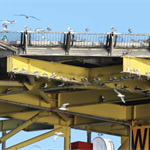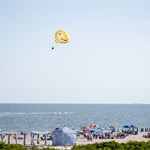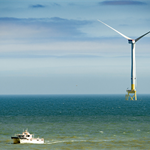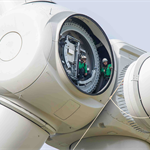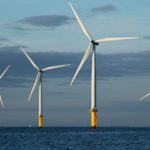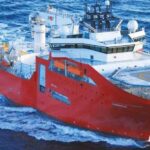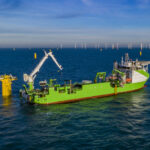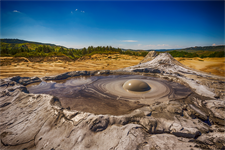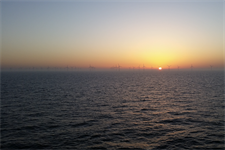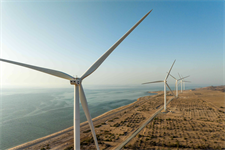How Ørsted plans to solve offshore wind cable challenge
Energy Disrupter

Ørsted expects to spend around DKK 3 billion (€400 million) repairing and replacing damaged inter-array cables and stabilising others in the next two years, according to the company’s chief financial officer Marianne Wiinholt.
The company recently discovered that unstabilised cable protection systems at its 573MW Race Bank Race Bank (573MW) Offshoreoff Norfolk and Lincolnshire, UK, Europe Click to see full details project off the UK’s south coast were damaged due to the cables moving across the scour protection – rocks placed on the seabed around the foundations to avoid seabed erosion.
This led to the cables being damaged and failing.
The Danish developer fears that up to ten of its offshore wind farms in the UK and continental Europe could be affected in the same way, it reported alongside its first-quarter financial results.
Wiinholt added that the unstabilised cable protection systems was the industry standard at the time of installation – though in a conference call with reporters she would not be drawn on the precise period in question or into naming the wind farms affected. Race Bank was commissioned in 2018 and was one of the earliest wind farms believed to have been affected, Wiinholt added.
Ørsted discovered the issue during a recent investigation of a cable failure at Race Bank.
Damage control
At some of the ten wind farms affected the company will be able to solve the problem by adding rocks to stabilise the cables and prevent abrasion between the cable and the scour protection layer, Wiinholt explained. She described this as the more cost-effective solution.
However, at some projects it will need to repair or replace cables that have suffered greater damage. This will account for the bulk of the DKK 3 billion Ørsted estimates to spend on the issue between 2021 and 2023, Wiinholt explained.
As the developer does not yet have a full overview of the scale of the issue, it will begin seabed surveys at the ten wind farms, which it believes will continue into 2022.
Adding rocks on top of existing scour protection rocks will mostly be done this year, Wiinholt added.
She also said that a different cable protection system was in place at wind farms built prior to this batch of ten European projects. Meanwhile, in currently under-construction projects, the firm is using an added layer of rocks to better stabilise the cables, so does not expect the issue to be repeated.


